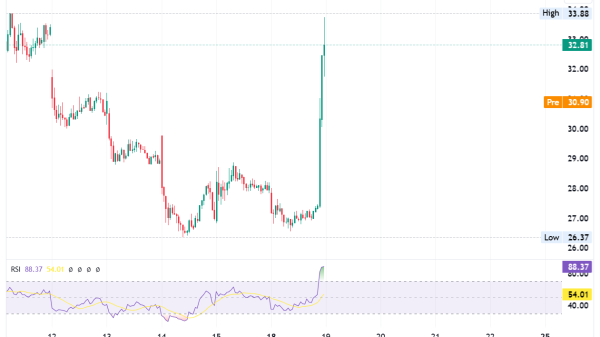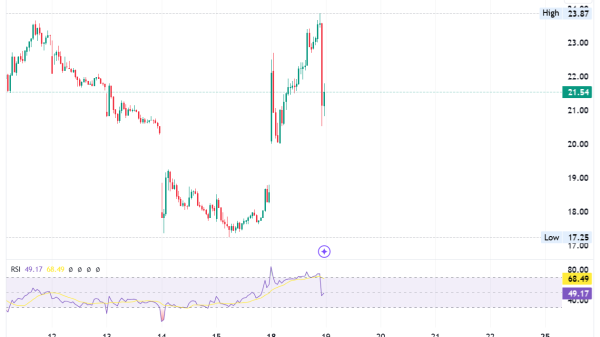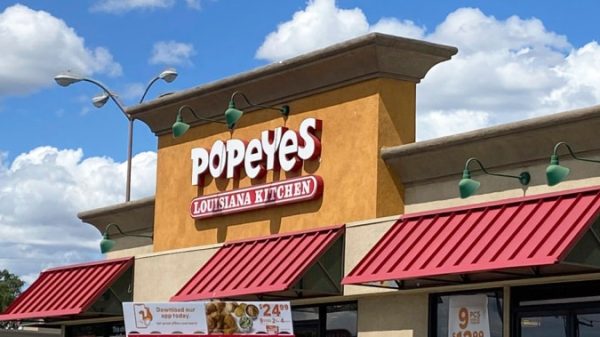White Label Products: A Comprehensive Guide for Businesses
Have you ever wondered what White Label products represent nowadays? Why do you hear it now and then these terms when it comes to online store and trade business?
If you decide to enter the world of branded products and product manufacturing in general, you must understand this topic very well.
In the further text, we’ll cover all about private label manufacturers, explain how the manufacturing process and product development function and, ultimately but most importantly, what while label business represents in general.
Let’s start from the beginning and provide you with crucial information—what white label products are, shall we?
What are white-label products?
White-label products represent a good or service created by one company but marketed and sold under another company’s brand. It provides the impression that they are the original manufacturer.
This process, called white labelling, involves the manufacturer using the branding provided by the buyer, making it look like the buyer made the product.
The name comes from finding a blank white label on the package, ready to be customized with whatever branding the selling company chooses.
You can easily find these products in stores, as they carry the store’s brand label, like Whole Foods Market’s “365 Everyday Value” products.
What are the key parts of the White Label Business Model?
The white label business model includes three main parts: the manufacturer, the white label company, and the consumer.
The manufacturer, in this case, is the one who produces the products or services. It does so by utilizing its expertise to ensure quality.
Acting as a middleman
The white label corporation plays the intermediary role. They purchase these goods directly from the producer and resell them under their label.
It means creating their packaging and marketing to go along with their brand. Remember that the buyer is the one who buys these goods. He does so frequently without even realizing a third party manufactures them.
The degree to which the white label company can successfully market these products to appeal to its clientele will determine its success.
Exploring White Label Products
White-label products are crafted by an external manufacturer rather than the brand that sells or markets them.
This setup allows different companies to focus on their strengths: one can handle production, another can manage marketing, and a third can take on sales.
This particular division of responsibilities assists worldwide companies save a lot of time, energy, and money in manufacturing and marketing their products.
What do private-label brands bring to the table?
Private label brands, in this case, offer many benefits. One of the major benefits that they bring to the table is reduced logistics expenses.
When a store only works with one supplier, it can save money on shipping and get better distribution terms.
This specific setup, for instance, allows the store to sell products at more attractive prices while still increasing its profit margins. Increasingly, consumers are choosing private label brands, attracted by lower prices and less attachment to established brands.
This shift is crucial because of the following: Diminishing the market share of national brands in various areas indicates a change in consumer preferences.
What are the diverse White Label Products Types?
Retailers are among the business types that use white label products. Large stores, for instance, have found success with white-label products, even though you can find them in any business or area.
Selling their branded goods made by other manufacturers has helped businesses like Whole Foods and Walmart.
Chain Stores and National Chains
The British multinational grocery and general merchandiser Tesco (TSCDY) started segmenting its clientele in 1998 and creating brands specifically for each group. Retailers quickly adopted Tesco’s model in the United States.
In the United States, white labelling has been especially successful for big-box retailers such as Target Corporation (TGT), which have at least ten distinct brands that each target a particular consumer segment and product line, generating at least.
How to sell white label products like a professional?
If you are considering selling white-label products like a professional, it’s crucial to note that marketing them can be highly profitable.
They can especially be so if you’re focused on efficient pricing management. So, here are key tactics and strategies to ensure your white-label venture is profitable and enduring:
Effective Pricing Tactics
Buy at wholesale: Form alliances with white-label firms that provide products at wholesale costs, enhancing your competitive pricing advantage and boosting your profit margins.
Avoid volume commitments: Select suppliers that do not enforce purchase minimums, allowing you to expand your enterprise flexibly without restrictions.
Pay per sale: Adopt a payment model that only pays for products sold, minimizing financial risks and streamlining inventory management.
Price control: Maintain the ability to set your product prices, a vital aspect for adapting to market shifts and maximizing profits.
Smart Product Bundling
Combine offerings: Simplify customer choices by grouping products and services that meet various budget needs and promote customer engagement.
Start small, build customer loyalty with basic offerings, then improve and raise prices as needs grow. This keeps customers coming back and increases revenue.
Tiered Service Options
Offer different service levels to meet customer needs and budgets, from self-service to fully managed solutions. Expand your service options.
Adjust prices with service levels: Utilize service tiers to adjust your pricing, charging more for comprehensive, managed services, reflecting the extra value and effort provided.
Analyze service vs. revenue margins: Understand the profitability differences between services and direct revenue. Lower-margin, high-value services can often lead to greater total profits.
Advanced Selling Techniques
Enhance customer lifetime value: Pairing products with additional services and actively seeking upselling and cross-selling opportunities can significantly increase the profit per customer.
Seek expansion opportunities: Stay alert to possibilities for enhancing services or adding new products as client demands evolve, enhancing both customer satisfaction and revenue growth.
Service Level Exploration
DIY, DIWM, and DIFM models: Familiarize yourself with common service levels—self-service, collaborative, and full-service models—and customize your offerings to match client preferences for involvement.
Shift to value-added reselling: Move from a basic DIY approach to a more involved reseller role (DIWM and DIFM), taking on more client responsibilities to boost revenue and provide more comprehensive services.
Find the right balance between simplicity and profitability for your business. While the DIY model is simple and profitable, trying more complex models can increase revenue. Choosing a model that meets your business needs and customer expectations is important.
What are the benefits of the white labelling business model?
As in any business, there are certain benefits and downsides that you must keep in mind before embarking on all of this.
First, we will focus on the benefits of white label products!
Quick to Market and Scalable
Using white labeling, companies can launch products quickly without the delays of setting up production.
They can also scale up easily, adjusting production levels to meet demand without significant new investments in staff or facilities.
Reduced Expenses and Enhanced Earnings
This model is cost-effective. By utilizing their partner’s resources, businesses can avoid the high setup expenses related to production.
They can grow their clientele and marketing expenditure. As a result, increasing revenue.
Developing Brands and Increasing Market Share
These items’ growth of brands and marketplaces is one of their primary advantages.
White labelling helps companies to successfully expand their product lines under their brands since it increases their market presence and helps them reach more customers.
In general, manufacturer-provided consumer trend data aids in creating goods that appeal to the intended market and foster greater brand loyalty.
What are the cons of this type of labelling?
Regarding the white label products UK cons, we’ll mention several of them that you need to keep in mind:
White labelling has drawbacks, including misunderstanding and inconsistent branding, although these drawbacks are preventable.
Changes take time to make. White labelling provides pre-made goods and services to brand and market to your clientele. Misunderstanding of your desires competing branding.
Conclusion
White-label products let businesses grow without making the products themselves. Remember, global companies can, and usually do, sell all these products under their brand. It all assists them in getting to the market faster and growing quickly.
Because more and more companies utilize white-label solutions, they save money, and their brand gets more visible, making this a smart choice in a competitive market. Understanding white label products can help a company grow and reach more people.
The post White Label Products: A Comprehensive Guide for Businesses appeared first on FinanceBrokerage.

































